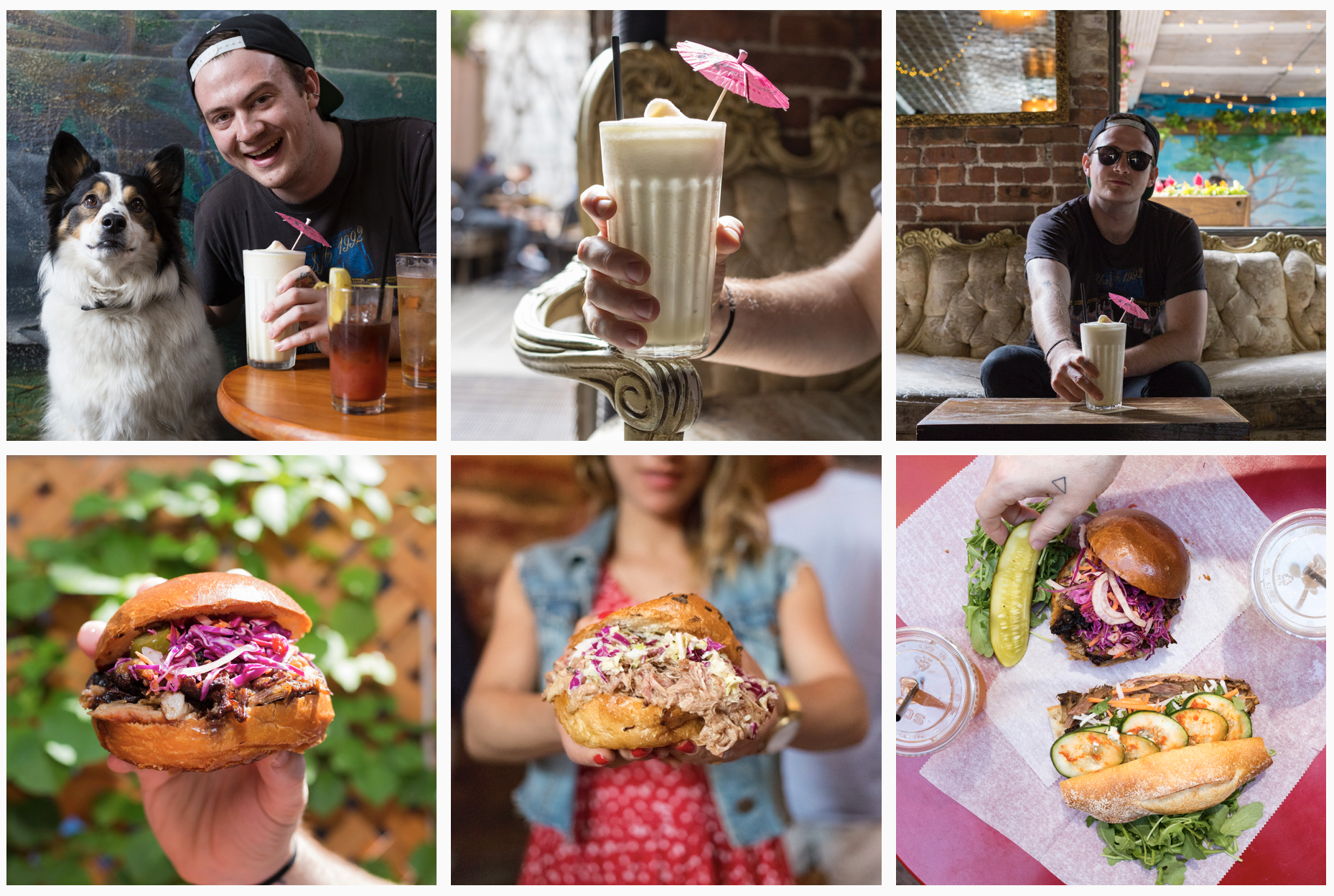As we discussed in a recent blog post, celebrities are not the only game in town when brands want to include influencers in their advertising campaigns. Micro-influencers are also useful and usually less expensive. Increasingly, our clients are reaching out with questions about them. We thought we’d take a moment to answer some of those questions—and help clarify who these micro-influencers are and why they are important.
What is a micro-influencer?
A micro-influencer is someone who commands a smaller audience — anywhere from 2,000 to about 50,000 followers— on a social media channel like Facebook or Instagram.
Micro-influencers tend to be everyday people (as opposed to celebrities). But they know a lot about a specific topic. That expertise inspires loyalty in their community of followers, who look to them for recommendations, likes, and dislikes.
Take The Brothers Buoy: Brooklyn-based Jackson (who writes the copy) and Graham (who shoots the photos) have taken it upon themselves to turn people on to good places to eat in New York and beyond. Their sass and humor have earned them about 8,000 followers, along with some healthy respect (e.g., they’ve worked with Condé Nast Traveler).
Why do micro-influencers matter?
In short, they have street cred (see the Condé Nast Traveler reference, above). And micro-influencers tend to enjoy high levels of engagement. They may not be breaking records in terms of the size of their audience, but the followers they do have really love them and interact, a lot.
In fact, a smaller following makes it possible for micro-influencers to maintain a personal connection with their fans: as Adweek reported, engagement usually dips the more followers an influencer attracts. Perhaps because of the high levels of engagement, micro-influencers project an authenticity—and inspire a level of trust—that is sometimes hard for celebrity influencers to sustain.
Another bonus: micro-influencers tend to be less expensive for businesses working on a budget, and may give a business more bang for its buck. Smart Insights notes that micro-influencers are 6.7 percent more cost effective than their higher-profile colleagues. And as IZEA points out, a business might reach more people working with several micro-influencers who charge less but enjoy a powerful connection with loyal followers, as an alternative to maxing out the entire budget on a single post from one celebrity influencer.
What are some tips for working with micro-influencers?
- First identify the goals for your campaign, then begin researching potential micro-influencers. Influencers have different personalities and communication styles; look for someone who feels like a good fit. Consider factors such as their audience and how the influencer connects with that audience. Are their tone and approach suitable for your own brand?
- Once you’ve found an influencer who seems like a good match, establish a connection. Follow them on their social channels, leave comments, and engage meaningfully before reaching out about a collaboration.
- When you do reach out, contact the micro-influencer via their direct email, and demonstrate that you are indeed familiar with their work—and a fan. Since you’ve already established a connection, that familiarity, not to mention the admiration, will likely come naturally.
- Finally, don’t micromanage the micro-influencer. Remember, one reason micro-influencers are popular is because their audiences trust them to be real. Feeding micro-influencers lines or opinions defeats the purpose of the collaboration—and can backfire if followers suspect inauthentic content.
Interested in learning more about micro-influencers and how a collaboration might benefit your business? Contact True Interactive.
